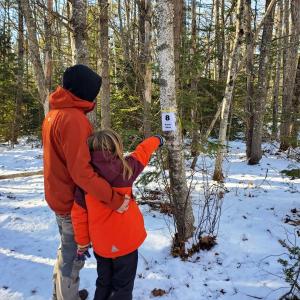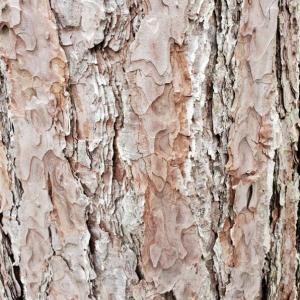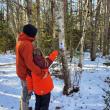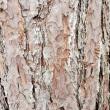BRLT invites you to see the Forest for the Trees
 During the month of February BRLT is offering a self-guided Winter Tree ID hike at Cross River Preserve. Courtesy of BRLT
During the month of February BRLT is offering a self-guided Winter Tree ID hike at Cross River Preserve. Courtesy of BRLT
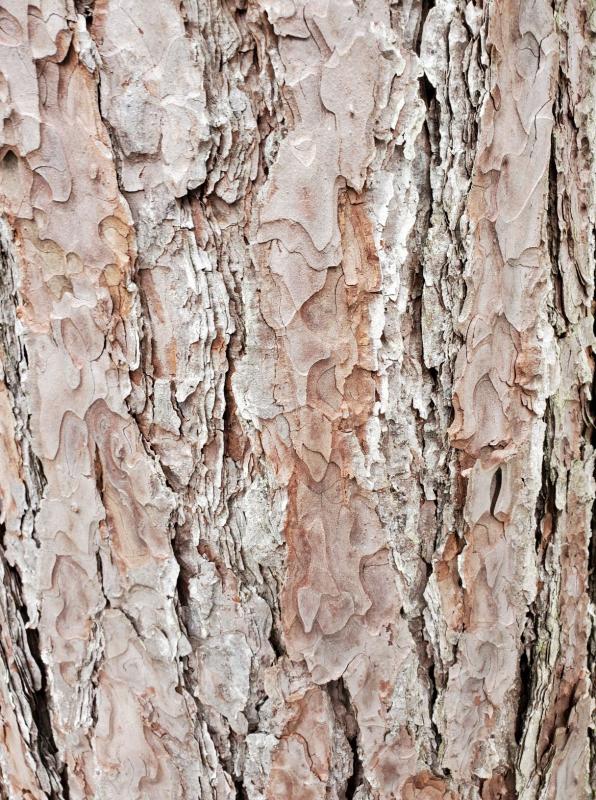 Bark patterns, colors and textures can be ways to identify trees during winter. The Red Pine’s reddish-brown bark (pictured) is where the tree’s name originates. Courtesy of BRLT
Bark patterns, colors and textures can be ways to identify trees during winter. The Red Pine’s reddish-brown bark (pictured) is where the tree’s name originates. Courtesy of BRLT
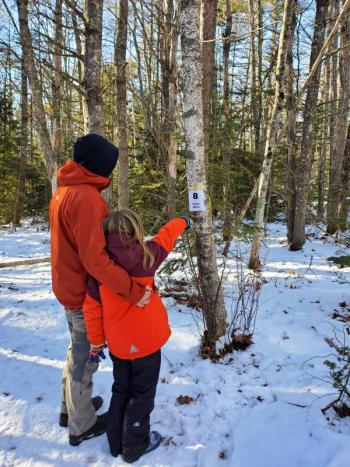 During the month of February BRLT is offering a self-guided Winter Tree ID hike at Cross River Preserve. Courtesy of BRLT
During the month of February BRLT is offering a self-guided Winter Tree ID hike at Cross River Preserve. Courtesy of BRLT
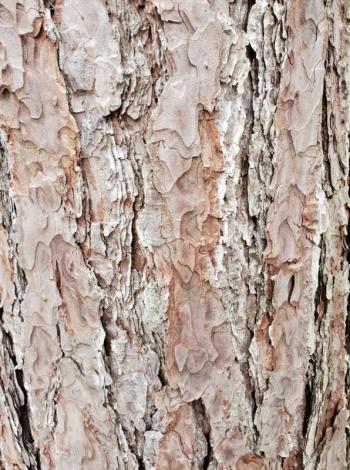 Bark patterns, colors and textures can be ways to identify trees during winter. The Red Pine’s reddish-brown bark (pictured) is where the tree’s name originates. Courtesy of BRLT
Bark patterns, colors and textures can be ways to identify trees during winter. The Red Pine’s reddish-brown bark (pictured) is where the tree’s name originates. Courtesy of BRLT
While the Maine woods are famous grounds for leaf peepers throughout the fall, many hikers who trek out in winter may be oblivious to the variety of trees surrounding them. The species that so captivate us in October with their vivid colors and variety can seem starkly monotonous to the untrained observer in winter. This is because we tend to rely on the distinct features of leaves to identify trees, noting their shapes, size and colors. However, winter is a perfect time to explore many of the other distinguishing traits which are present in all seasons and can be used for tree ID. Bark patterns and textures, leaf buds and scars, tree shapes, and habitat are just a few examples of the characteristics that can help a careful observer to positively identify a tree.
When encountering a tree that you are interested in identifying, start by taking in the tree in its entirety. Stand back a bit and examine the tree from top to bottom, noticing the overall shape of the tree and the pattern of the branches. Next, look at where the tree is growing. Is it found in an open clearing, along an edge, or deep in a forest? Is the area in which the tree is growing wet or is it on a rocky ledge? Once you have taken in the big picture of the tree, it is time to look at the smaller details.
Zoom in on the tree, taking time to examine the bark for texture and patterns. Examine the branches and the leaf buds, noticing the pattern in which they grow. Are the branches and leaf buds directly opposite of one another, or do they alternate in pattern? Other hints can be found by breaking a twig and smelling the tree or by looking for last summer’s leaves on the ground. Some deciduous trees retain their dried leaves in the winter, aiding in identification.
Also important is to recognize is that trees sometimes break patterns, making them tricky to identify. For example, some trees have different bark when the tree is younger versus when it is mature. Also, a tree that grows in deep shade may not have the same appearance as one that has grown in full sun. Sprouted branches arising from stumps may also look very different from the branches of a tree of the same species.
Taking all of these things into consideration, the best way to identify a tree with all of these characteristics is to use a field guide with a key. Lucky for us the Maine Forest Service has put out an amazing field guide to local trees that can be downloaded for free from their website or purchased as a hard copy.
Winter tree identification is a great way to slow down and observe the nature around you. Throughout the month of February, BRLT is offering a self-guided winter tree identification walk at Cross River Preserve. This walk offers a great opportunity for visitors to learn new ways of viewing trees in nature while also enjoying some fresh air and exercise. Visitors can pick up the winter tree identification pamphlet at the Cross River Preserve parking lot kiosk and then follow the trail to find the individually marked trees described within. So slow down, look closely, and see the forest for the trees.
Event Date
Address
United States

